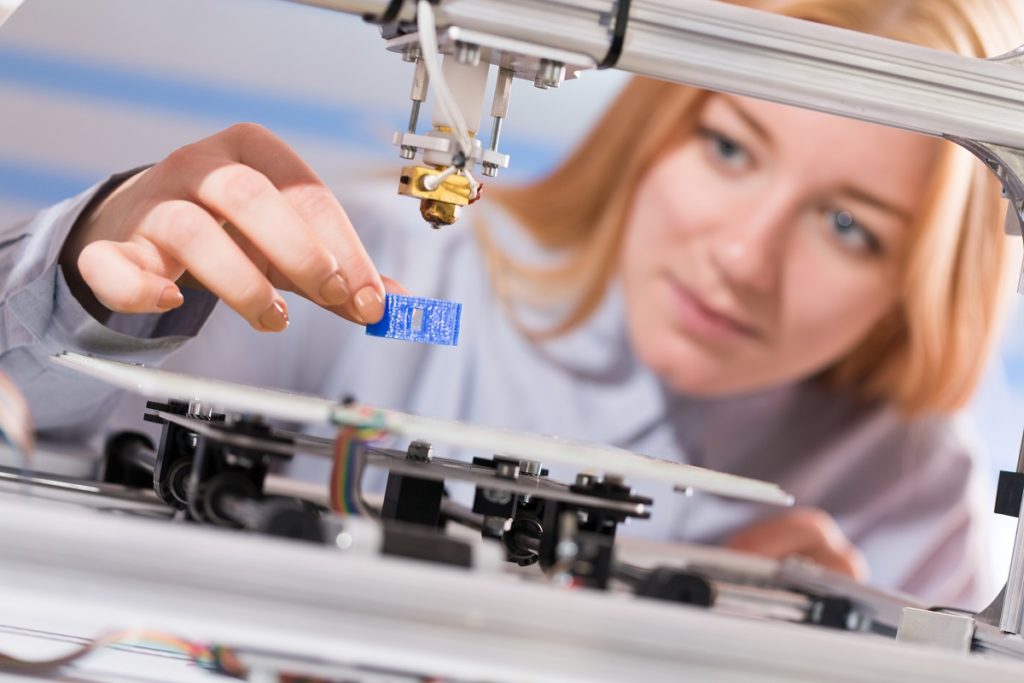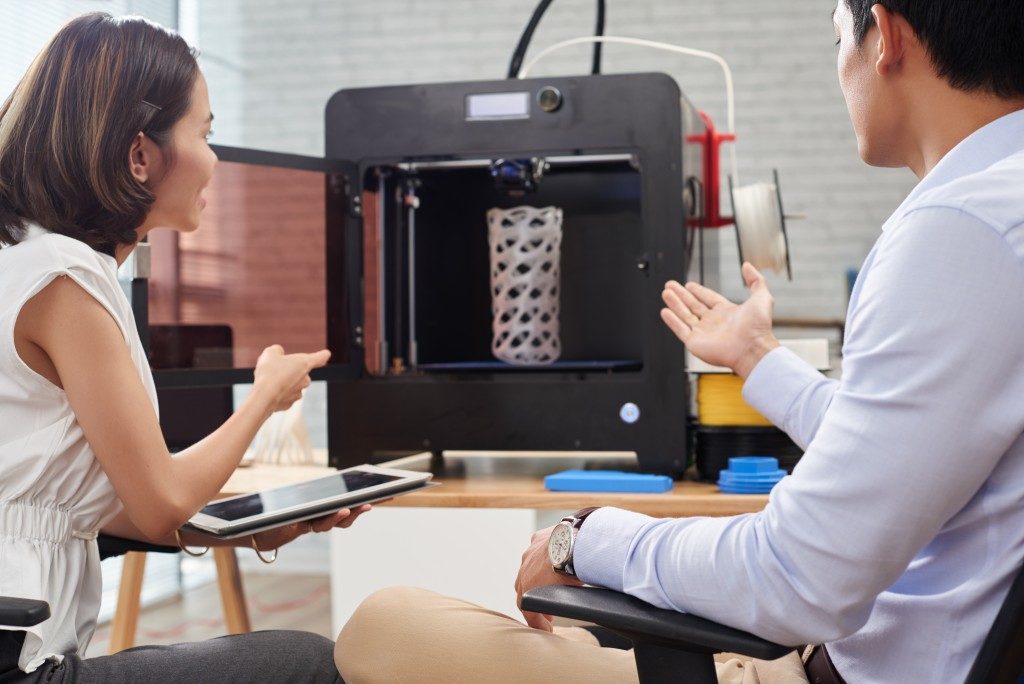In the manufacturing industry, a way companies get ahead of the competition is to create an efficient process that turns an idea to an actual product as quickly as possible. Whether you’re producing a Fender Stratocaster, a wing for a 747 commercial jet, or a wireless wet-proof earbud, sandwiched between the design stage and the manufacturing stage is the process called prototyping.
Advancement in 3D technology from software solutions to output devices, such as the MakerBot printers produced by a UK company, has taken product development to a whole new level. But companies could still reduce costs and speed up time-to-market. If you’re a project manager for a company in the manufacturing industry, the following discussion would be useful.
Background on Prototyping
Before a specific product gets to the market, manufacturers produce several iterations of that product called prototypes. A prototype may or may not include all the elements of the product. The goal is to have the closest version of what the final product will look like, analyze it, make adjustments in the design, and incorporate those adjustments in the final product.
Before the advent of CAD or computer-aided design, the prototyping stage is done manually. The material is clamped to a table. Then parts are shaved off with a chisel or some other tool to create the desired shape or size. The process becomes trial and error, which makes it more costly for the manufacturers.
Rapid Prototyping and Beyond

Rapid prototyping or RP has put to bed the trial-and-error days and allowed for the fabrication of parts or assembly using CAD and additive manufacturing, otherwise known as 3D printing. Here are a few more things to know to make your prototyping more cost-effective.
- From the design room to the operating room. Design engineers sometimes need to get away from their design benches and be exposed to the real-world application of the devices being produced. For medical products, for example, engineers need to find out how doctors use their tools in the operating room. This first-hand experience should serve as inspiration and input in coming up with design iterations.
- Outsource or in-house. If you have invested in the proper equipment, the experts’ advice is to do it in-house. Outsourcing to machine shops and third-party service providers will again eat time up. You would need to factor in, for example, the delivery time, which could take from a few days to a week or even more. Doing it in-house would be applicable for smaller assembly parts. But re-evaluate your options when it comes to bigger and more complex pieces.
- Automation. The parts come out almost perfect in additive manufacturing, but the edges need to be trimmed. Post-processing takes up time as well, and this is something that could be automated. Find out the most cost-effective post-processing technology company you can partner with.
- Invest in virtual simulation software. Simulation software solution for the foundry industry can reduce your prototyping wastage by up to 80%. Casting software solutions can determine deformation, residual stress, and porosity before the actual building of the prototype. In metal stamping, simulation software helps determine the optimum placement of an assembly part on a sheet of metal.
Communication and coordination with product stakeholders, for example, with machinists, also help create efficiency. There would be nuances from industry to industry, e.g., from medical equipment to automotive or from toy manufacturing to shipyard parts. Start with these ideas and find out which suits your company best.
